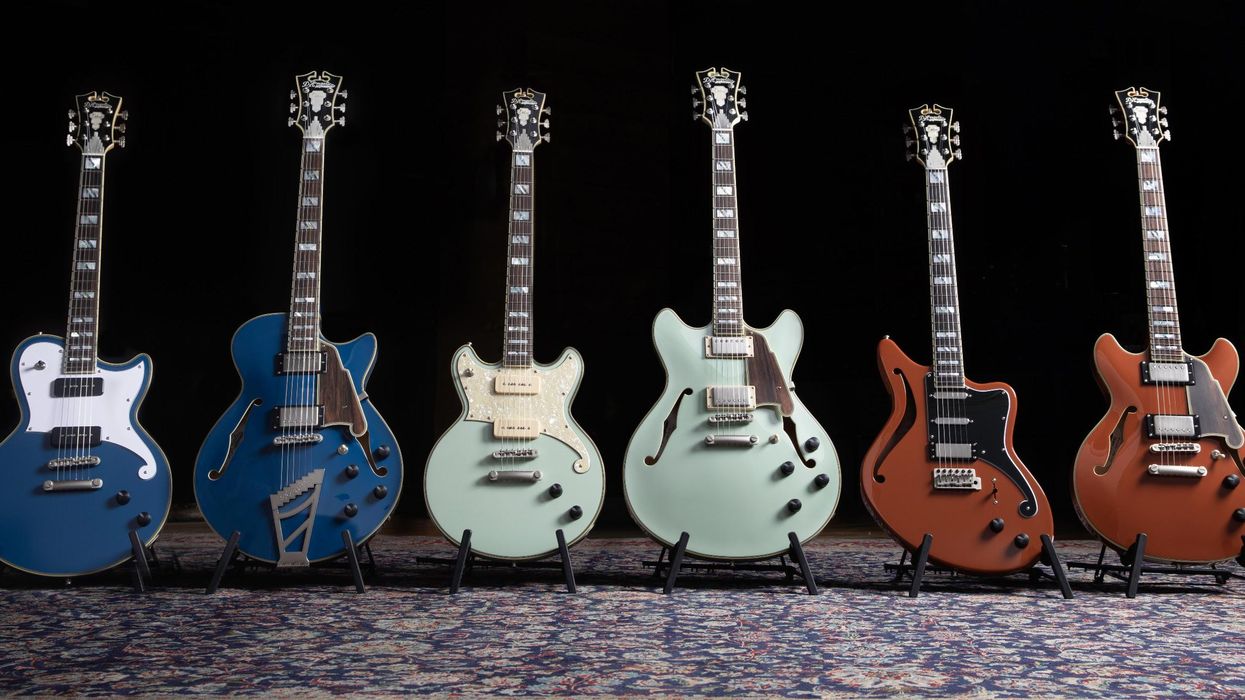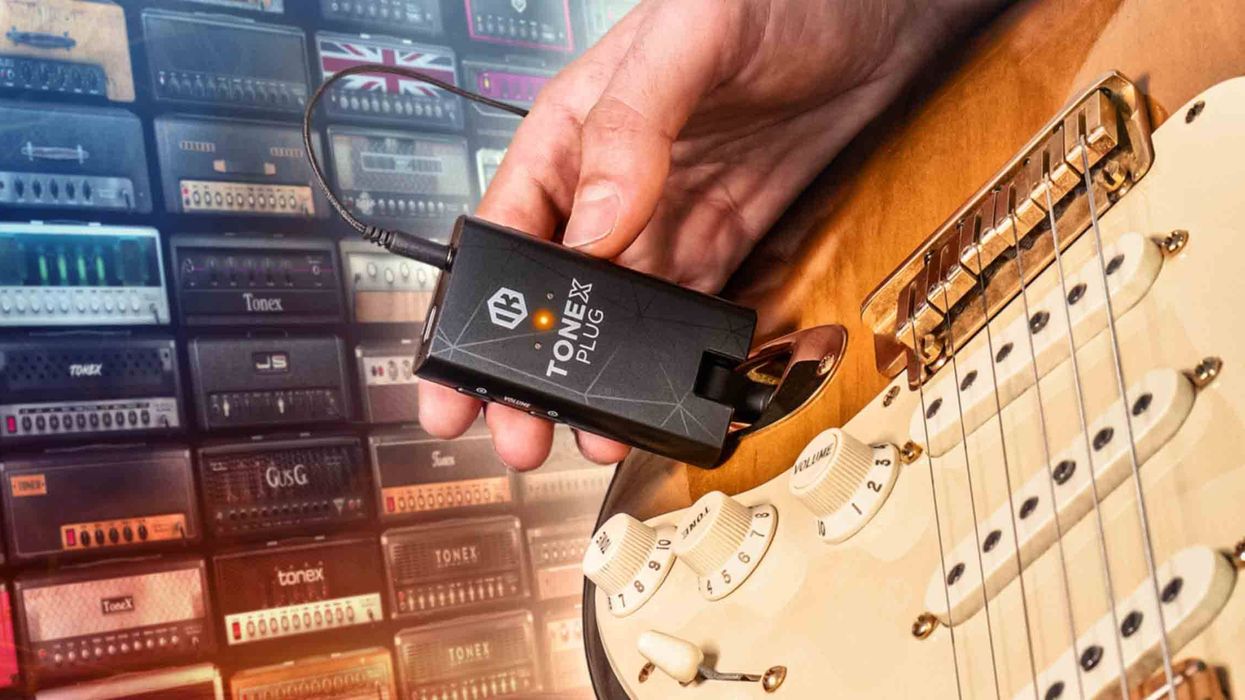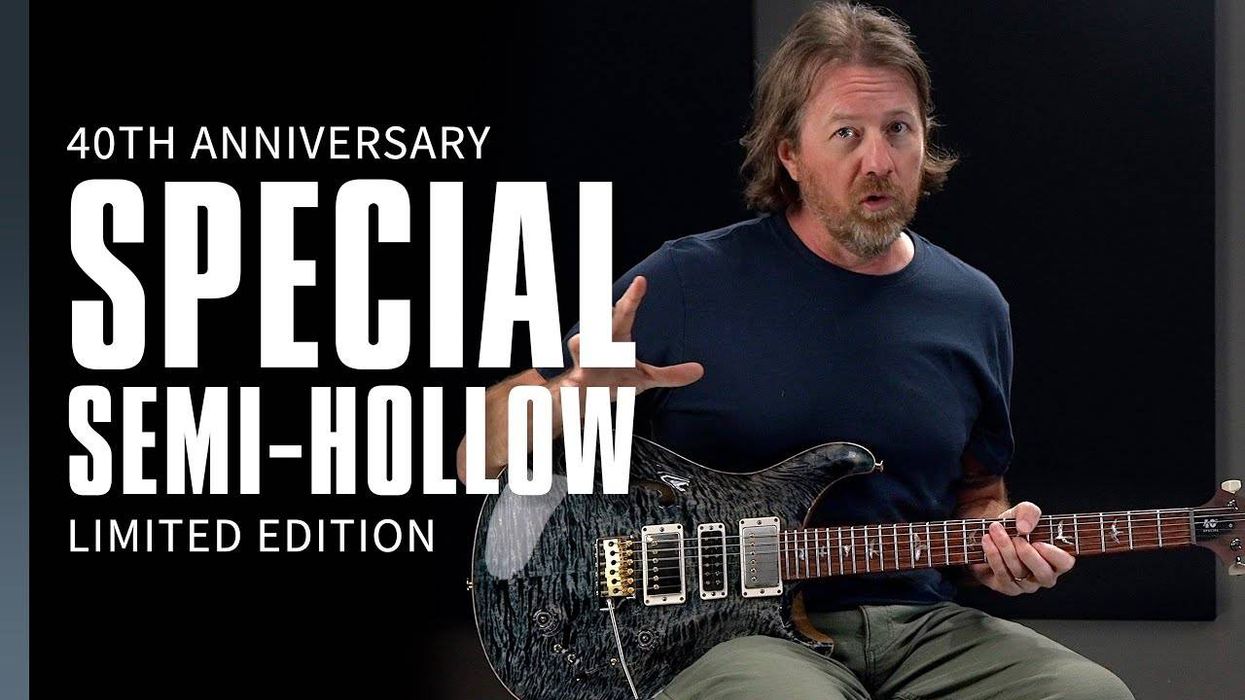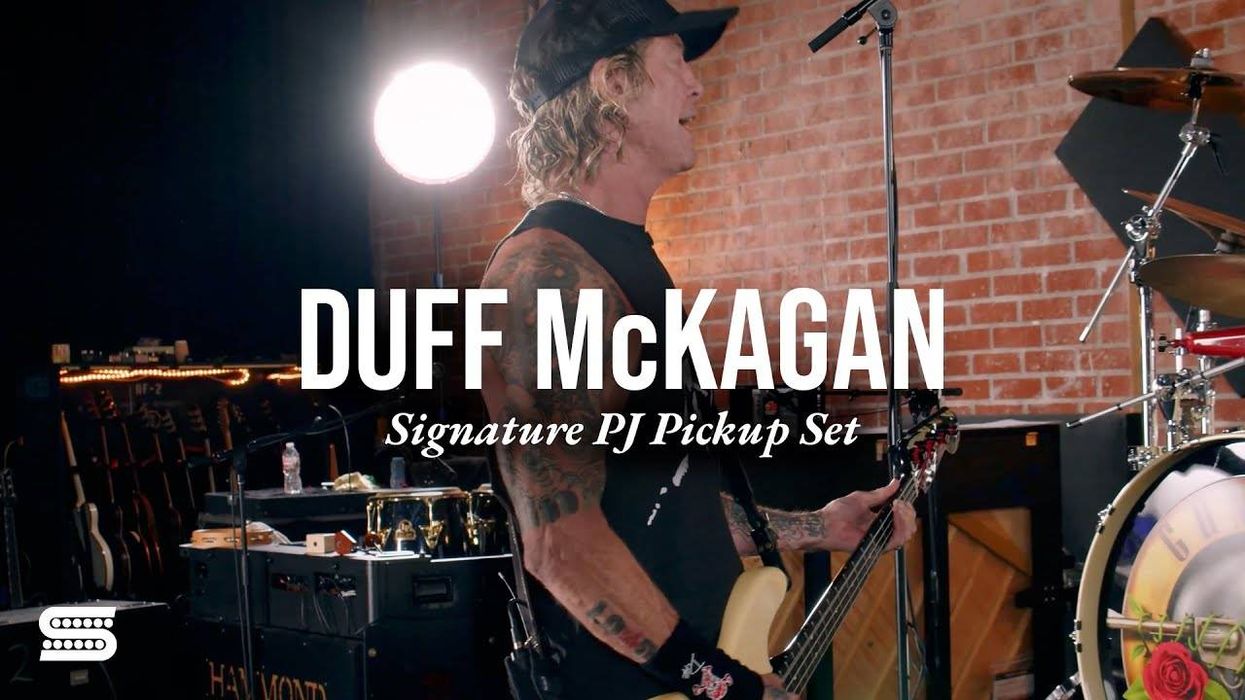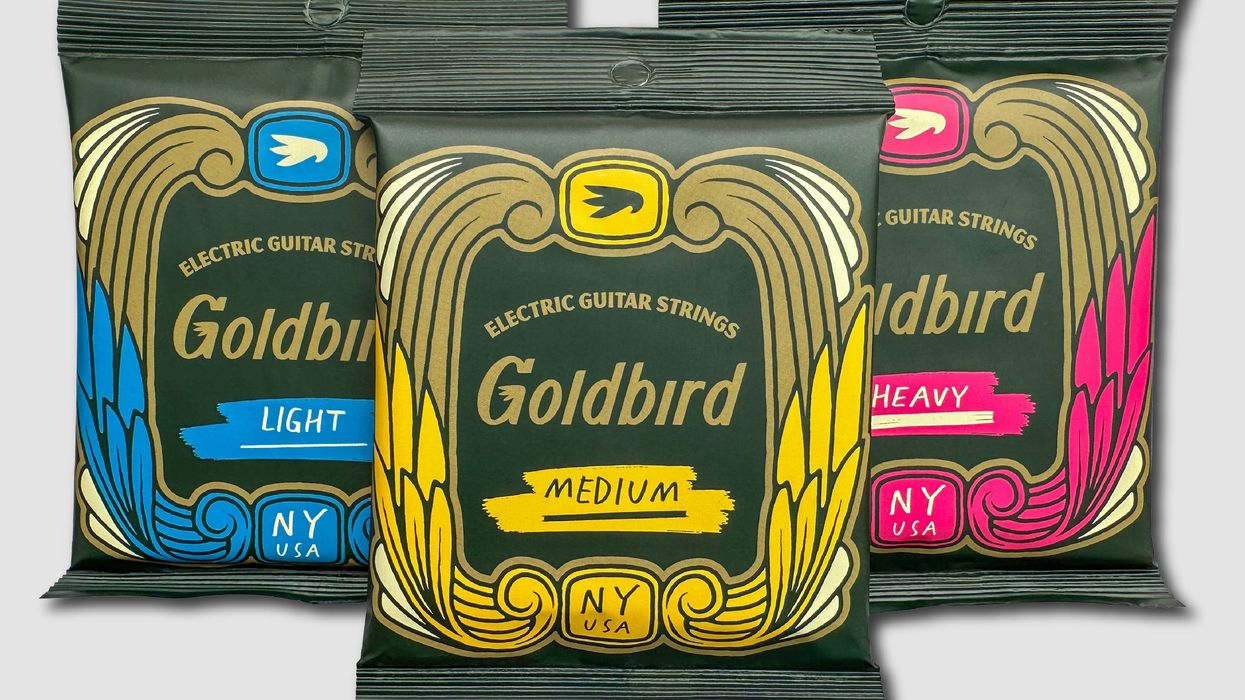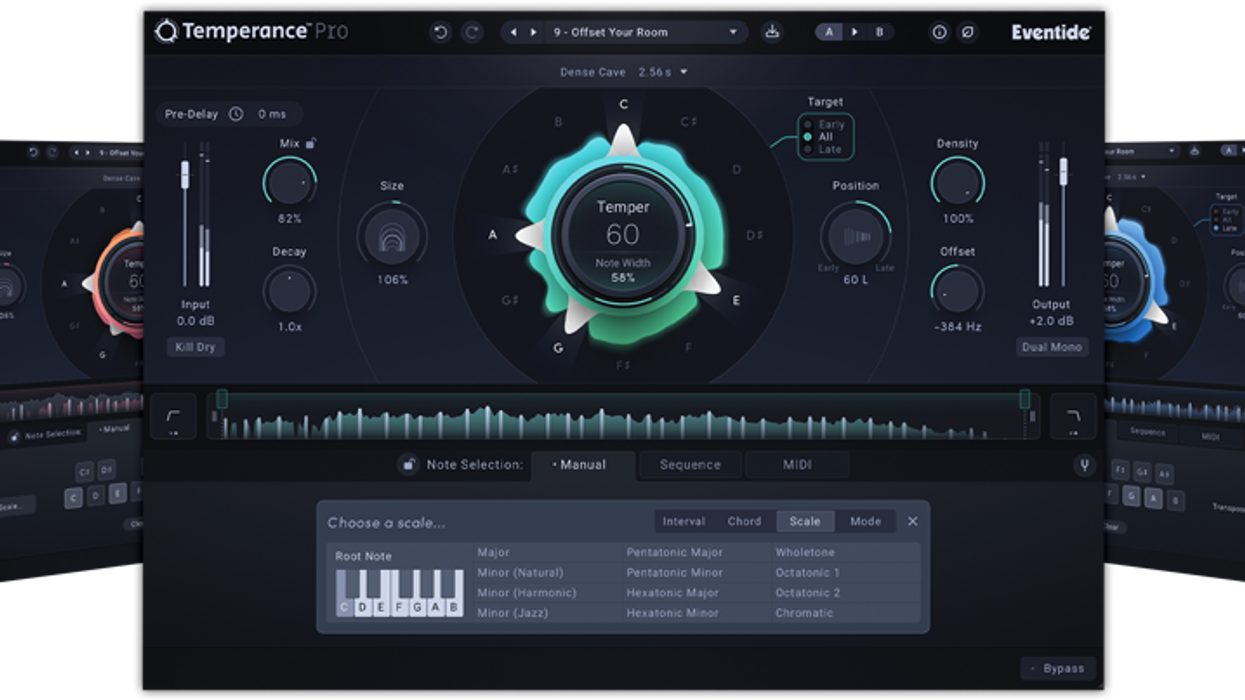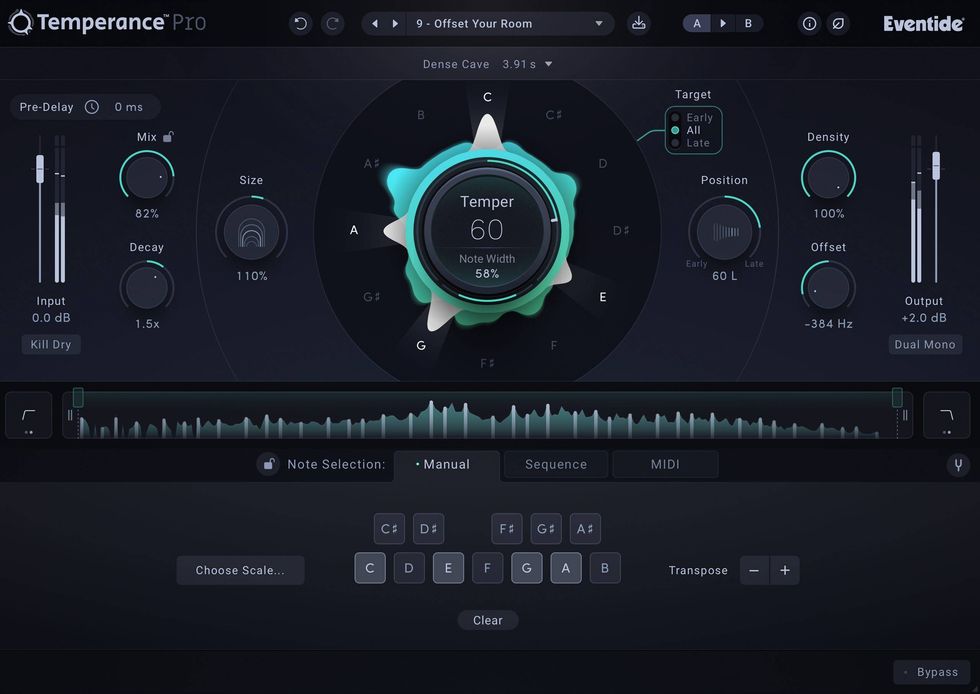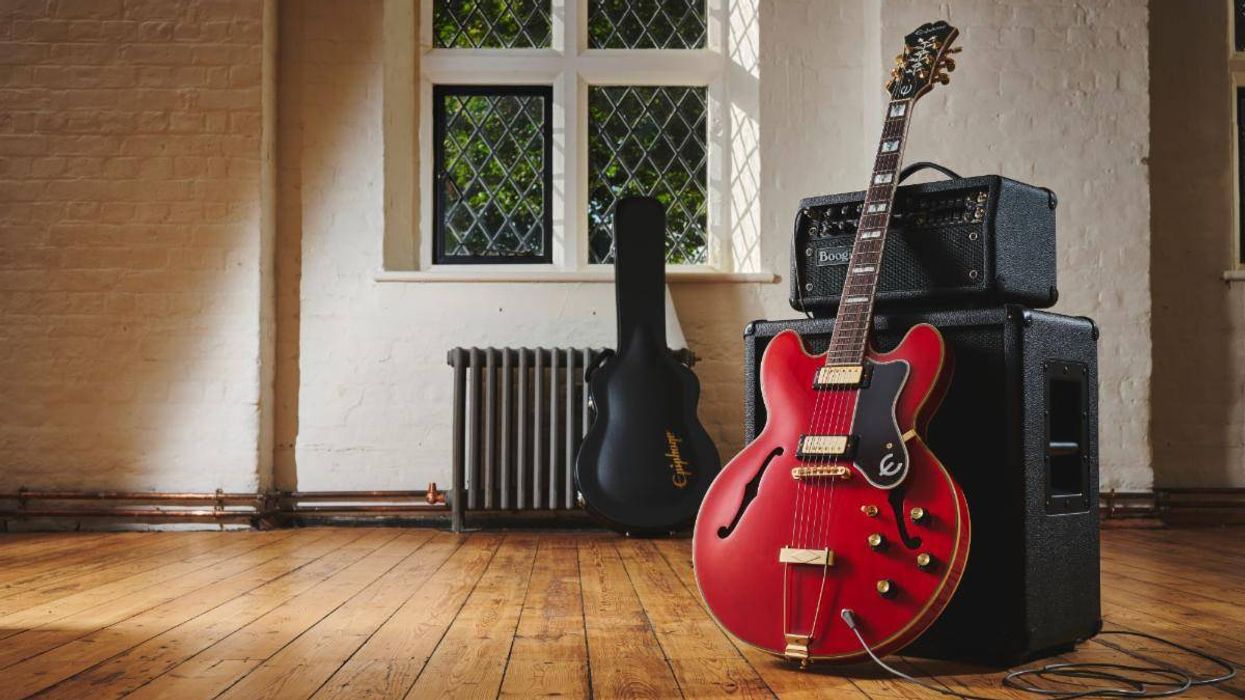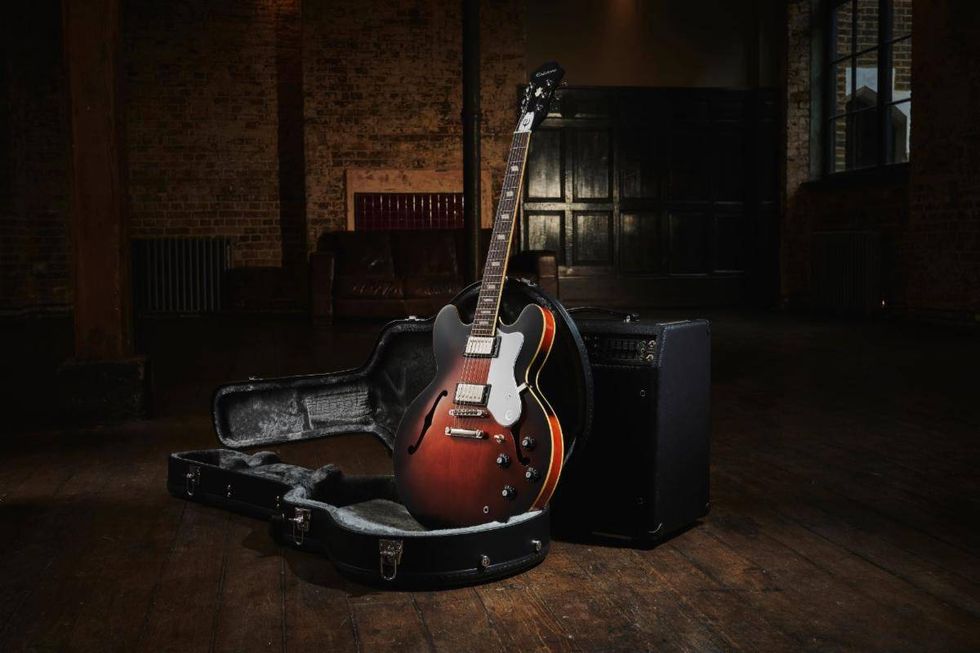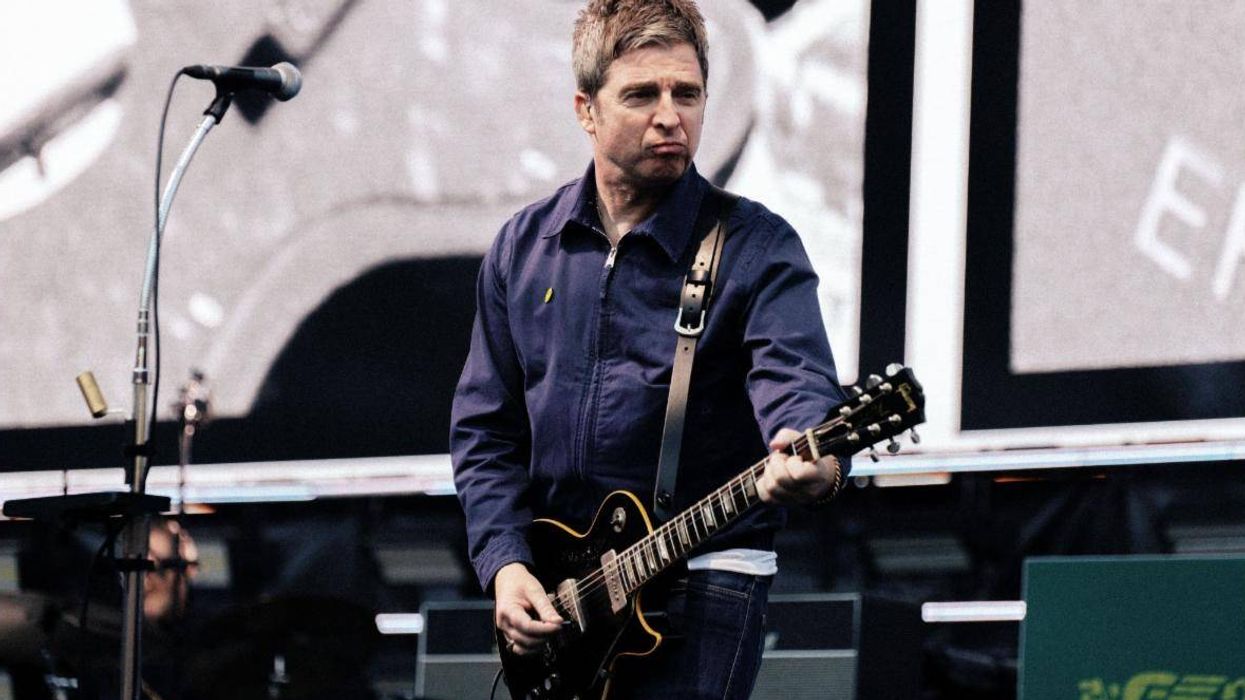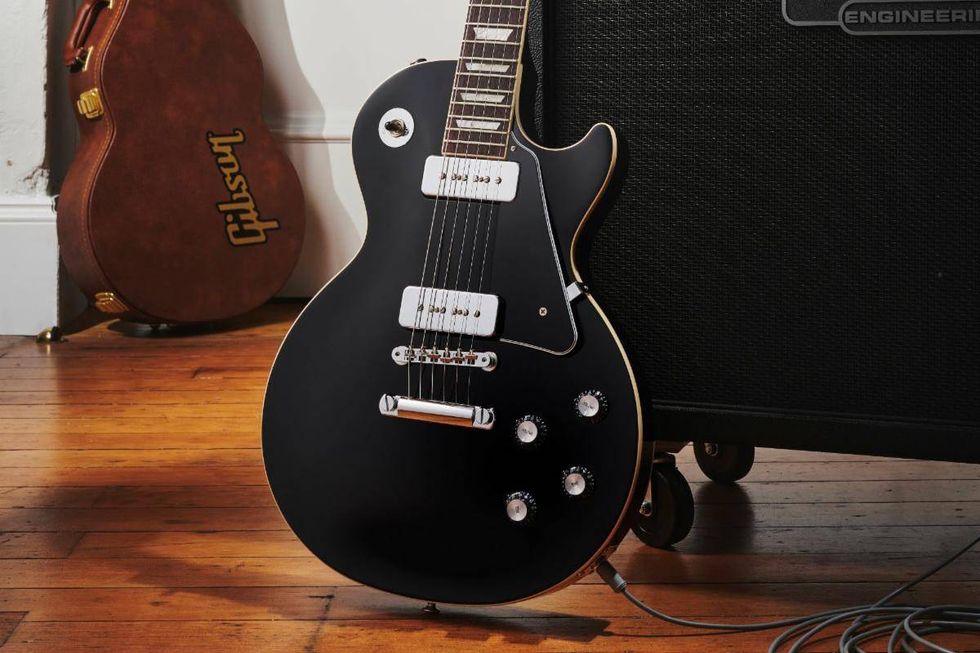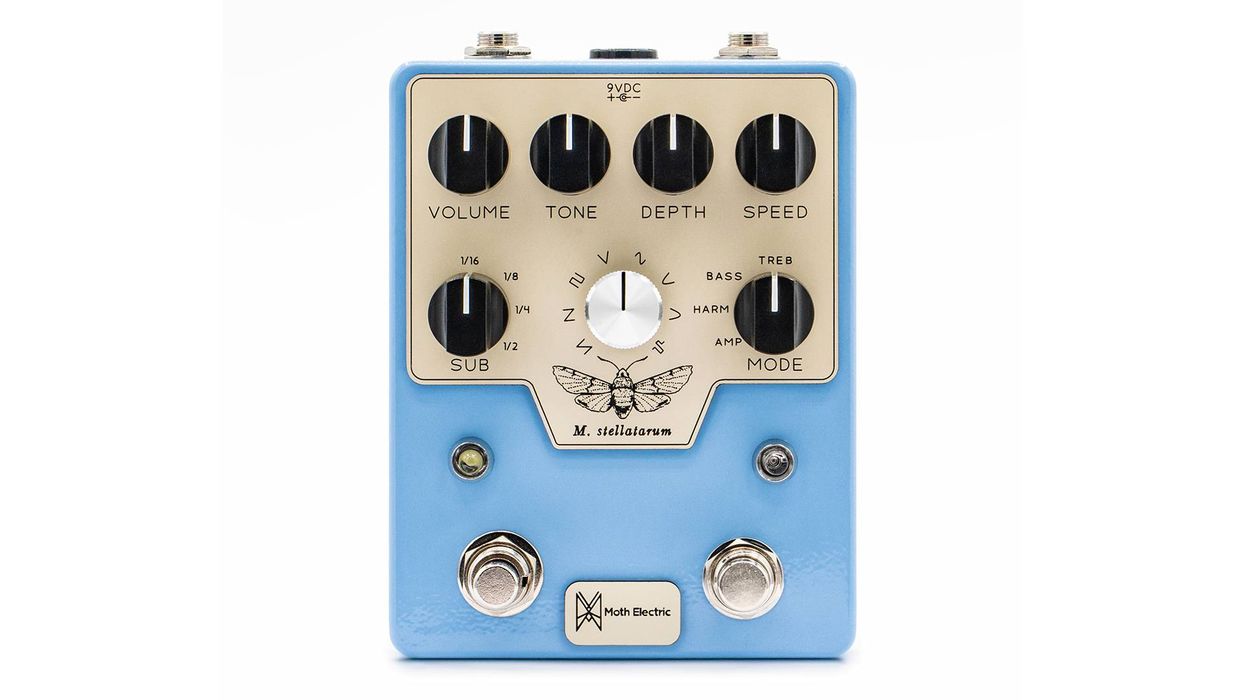D'Angelico has produced Limited-Edition guitars since 2016 and their new line aims to take their popular models to the next level with only 50 pieces per variation produced worldwide.
Deluxe SS LE
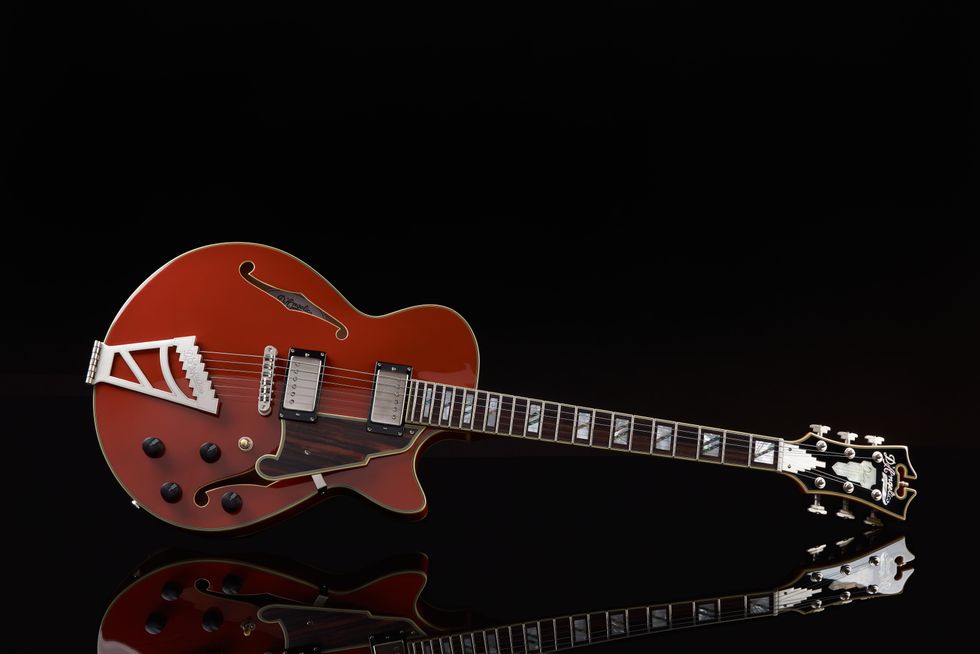
The Deluxe SS Limited Edition is a semi-hollow standout. Featuring Seymour Duncan Antiquity Retrospec humbuckers for the first time, the Limited Edition SS offers a remarkable level of crisp articulation and vintage-inspired humbucker power, while a three-way toggle and coil-splitting push/pull tone knobs allow for seamless tonal variation. The Deluxe SS's laminated maple construction offers warm semi-hollow tones with an edge of bright articulation, while its slim body profile and lightweight centerblock provide the perfect balance of comfort and heft. Now available in Sage, Sapphire and Rust—only 50 pieces each, worldwide. US MAP $1999.99
Deluxe DC LE
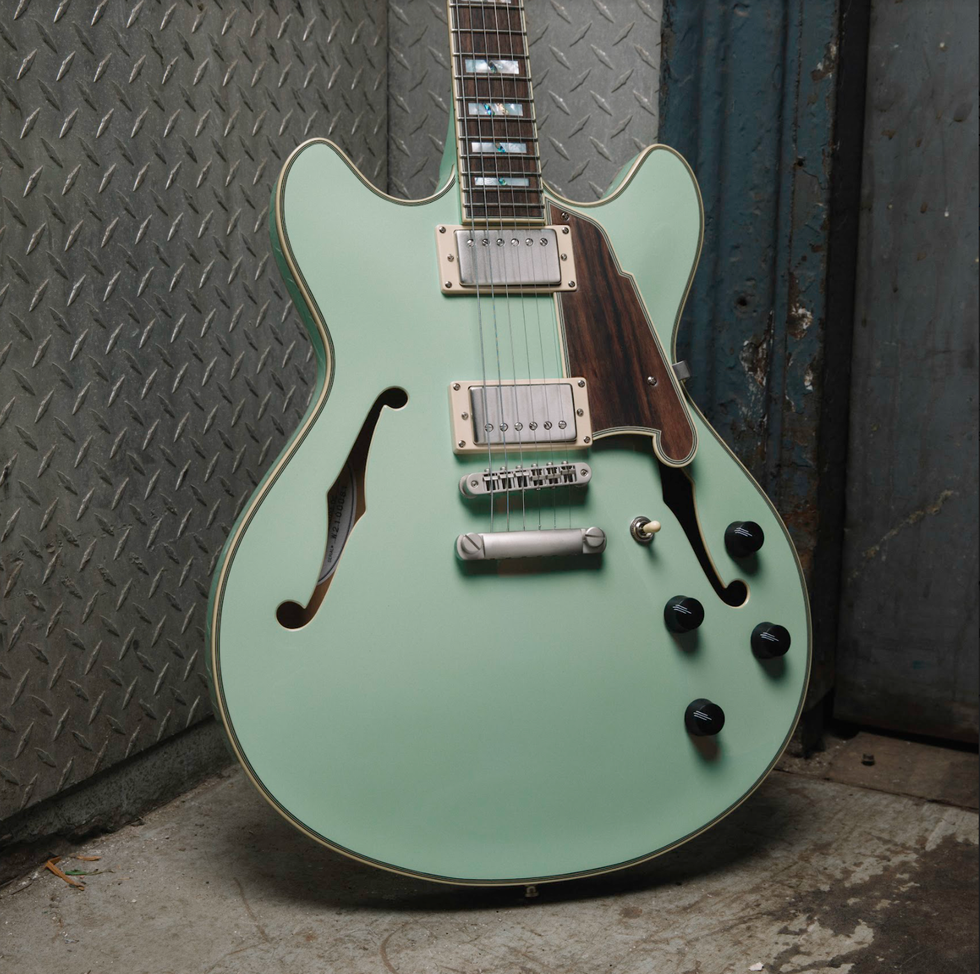
The Deluxe DC Limited Edition is a performance-driven double cutaway semi-hollow boasting powerful, versatile tone. Featuring Seymour Duncan Antiquity Retrospec humbuckers for the first time, the Limited Edition DC offers a remarkable level of crisp articulation and vintage-inspired humbucker power, while a three-way toggle and coil-splitting push/pull tone knobs allow for seamless tonal variation. A rosewood fingerboard paired with the DC's full 16-inch-wide semi-hollow body makes for untempered and warm sustain, while a slim neck shape guarantees maximum playability. Available in Sage, Sapphire and Rust—only 50 pieces each, worldwide. US MAP $1999.99
Deluxe Mini DC LE
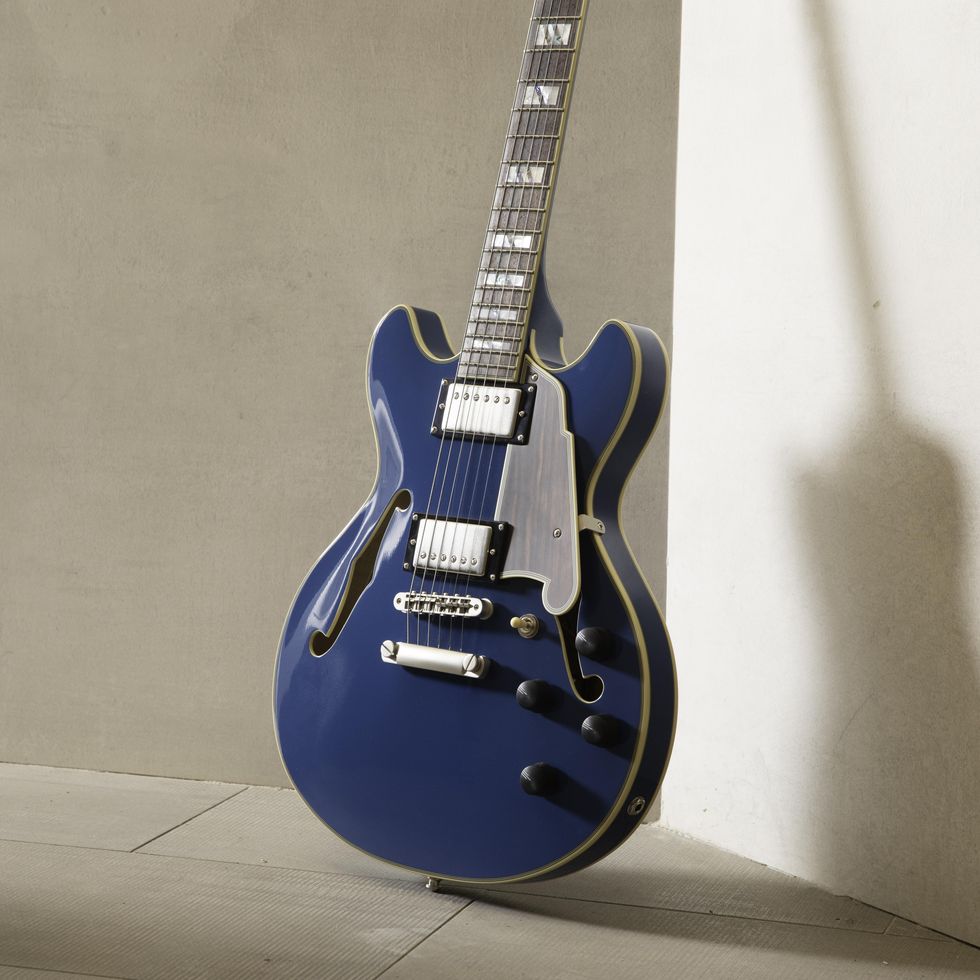
The Deluxe Mini DC Limited Edition is a fourteen-inch-wide double cutaway semi-hollow offering the perfect balance between semi-hollow construction and ergonomic comfort. The Mini DC's undersized body, sleek headstock and slim C-shape neck profile combine to create a lightweight design perfect for players who want total control over their instrument. Now strapped for the first time with Seymour Duncan Antiquity Retrospec humbuckers, the Mini DC LE offers a huge variety of colorful, vintage-inspired tones that ride the line between warm humbucker power and vivid articulation. Available in Sage, Sapphire and Rust—only 50 pieces each, worldwide. US MAP $1999.99
Deluxe Brighton LE
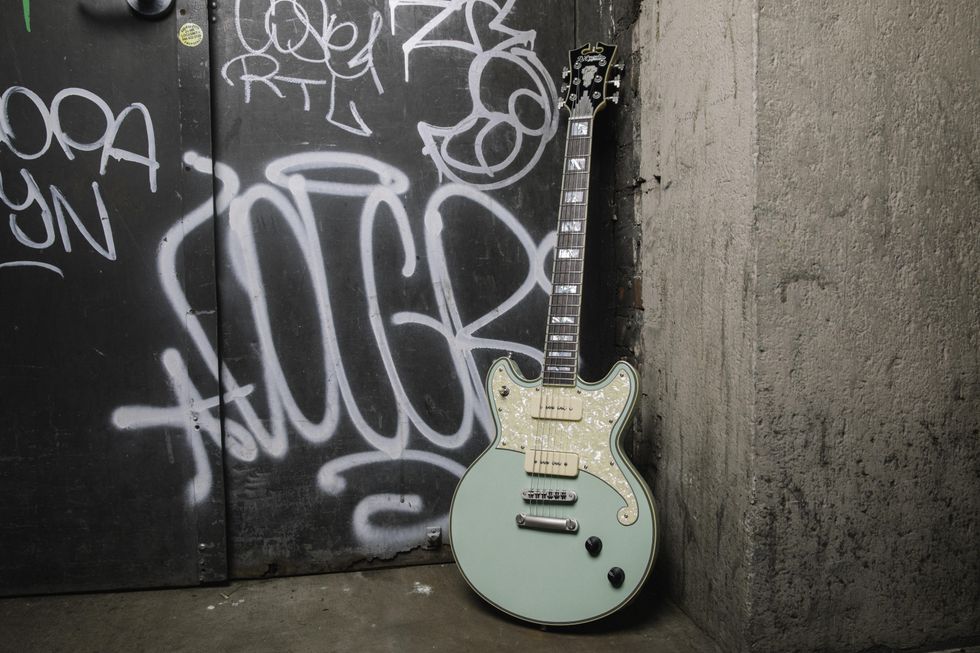
The Deluxe Brighton Limited Edition is a lightweight double cutaway that prioritizes easy-to-wield playability and a bold yet sparkling tonal palette. A satin-finished, slim-C neck shape and rosewood fingerboard guarantee comfort, playability and an edge of sonic warmth. Available in three new colors with varying features, this Limited Edition collection offers some of our rarest pieces to date, with only 50 of each unique variation being produced worldwide. Sage and Sapphire colorways feature Seymour Duncan Stack P90s for bold, noise-free single-coil sounds, while the Rust colorway features Seymour Duncan's legendary Antiquity Retrospec humbuckers along with coil-splitting push/pull tone knobs allowing for crystalline single-coil tones. US MAP $1699.99
Deluxe Atlantic LE
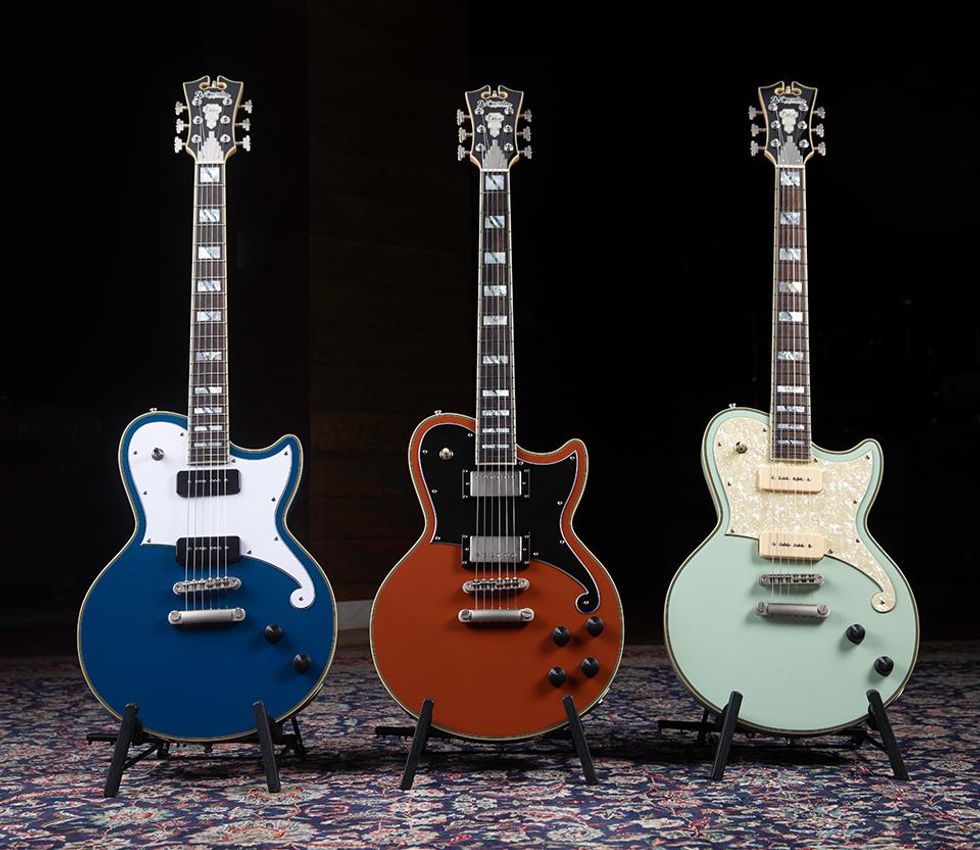
The Deluxe Atlantic Limited Edition is a powerful single-cutaway solid-body with a deep belly cut and slim body depth that boasts rich, articulate tone and remarkable sustain. A satin-finished, slim-C neck shape and rosewood fingerboard guarantee comfort, playability and an edge of warmth. Available in three new colors with varying features, this Limited Edition collection offers some of our rarest pieces to date, with only 50 of each unique variation being produced worldwide. Sage and Sapphire colorways feature Seymour Duncan Stack P90s for bold, noise-free single-coil sounds, while the Rust colorway features Seymour Duncan's legendary Antiquity Retrospec humbuckers along with coil-splitting push/pull tone knobs allowing for crystalline single-coil tones. US MAP $1699.99
Deluxe Bedford SH LE
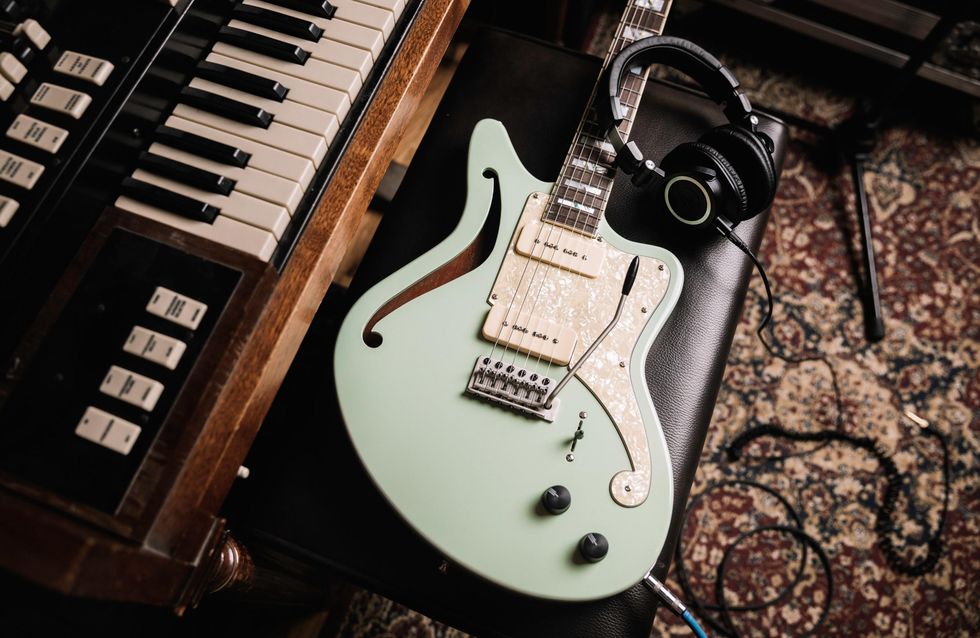
The Deluxe Bedford SH Limited Edition is back in three unforgettable variations. A semi-hollow spin on our flagship solid-body, the Bedford SH features an articulate tonal palette and a sleek, oversized f-hole design on the upper bout, perfectly striking the balance between elastic snap and spongy semi-hollow warmth. Available in three new colors with varying features, this Limited Edition collection offers some of our rarest pieces to date, with only 50 of each unique variation being produced worldwide. Sage and Sapphire colorways feature Seymour Duncan Stack P90s for bold, noise-free single-coil sounds, while the Rust colorway features the Bedford SH's standard Seymour Duncan tele-style pickups in the neck and middle positions and a mini-humbucker in the bridge. US MAP $1699.99
New for 2022 | Deluxe Limited Edition Collection ft. Rock Choi & Abigail Zachko | D’Angelico Guitars
To find a dealer near you, visit dangelicoguitars.com.
